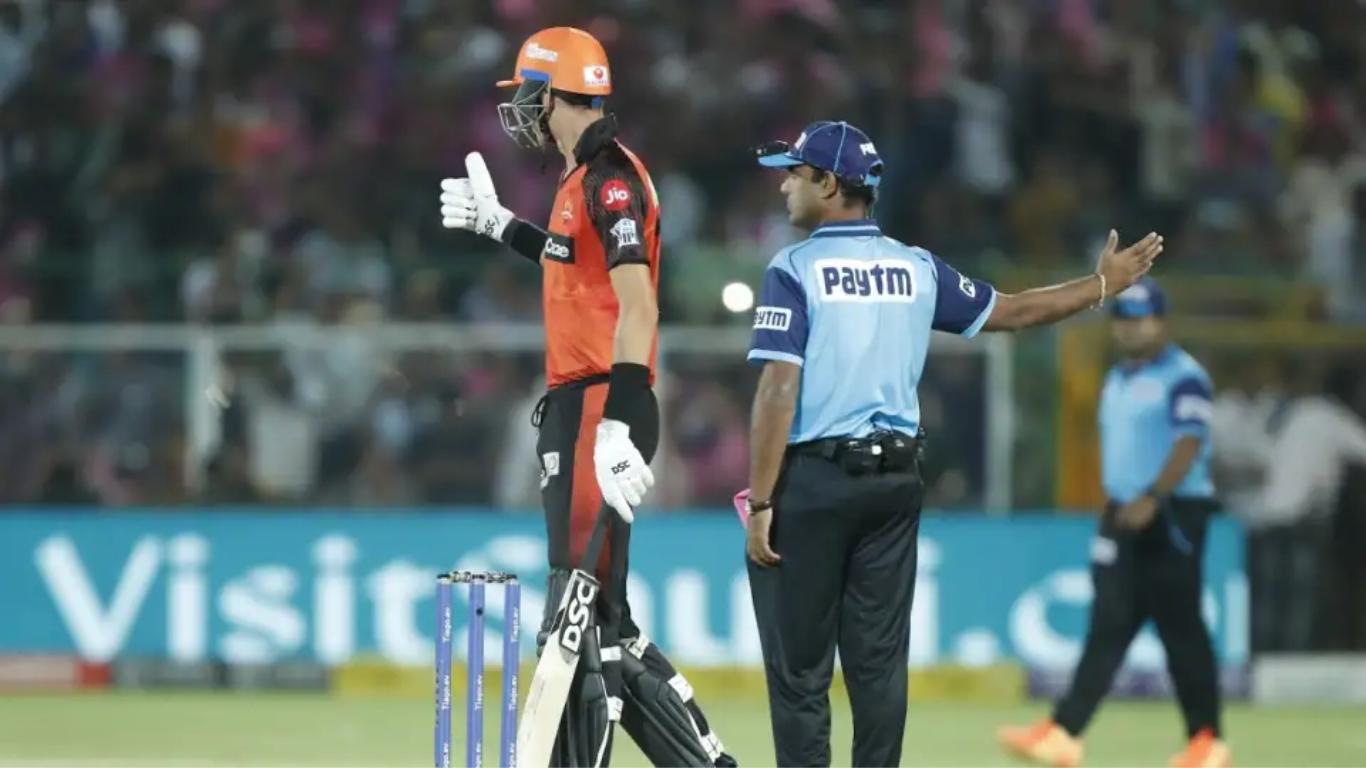
One of the most debatable calls is the waist-high no-ball. The leg umpire checks the height of a full toss and deems it as a no-ball if the ball is above the waist of a batter during his normal stance. The third umpire is also called upon to decide in case of any doubts. Over the years, some decisions from the umpires regarding waist-high no-balls have caused quite an uproar.
“There are people in the BCCI’s team who are measuring the height of all the players in the IPL till their waist, with a measuring tape. This data will then be fed into the system used by the hawk-eye operators, who sit with the third umpire (from this season) to judge reviews of waist-high full tosses. This data will help in judging the waist-high full toss to a particular batsman better,” a source was quoted as saying by the Times of India.
Also read: Debutants Who Can Become The Key Player For Chennai Super Kings
Also, the implementation of the second bouncer rule has been wholeheartedly welcomed by fans as well as experts as it enables a much better balance between bat and ball.





